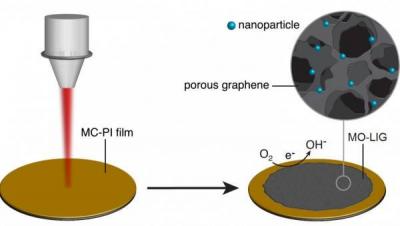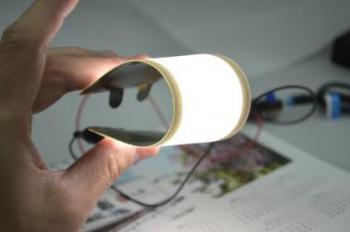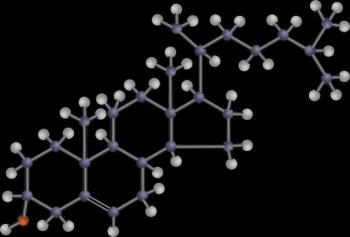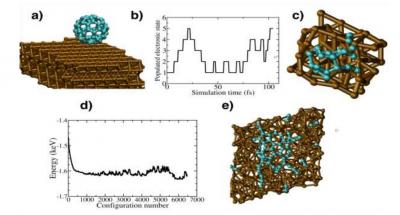Graphene grown from tea tree extract shows great promise
Scientists at James Cook University in Queensland, Australia, and collaborators from institutions in Australia, Singapore, Japan, and the US have developed a new technique for growing graphene from tea tree extract. Graphene is only made of carbon atoms, so theoretically can be grown from any carbon source, but scientists are still looking for a graphene precursor and growth method that is sustainable, scalable, and economically feasible, since these are all requirements for realizing widespread commercialization of graphene-based devices.
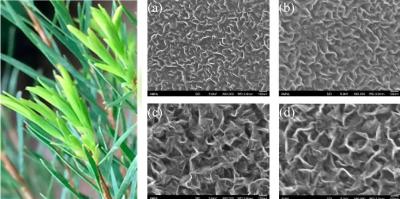
In this study, the researchers have grown graphene from the tea tree plant Melaleuca alternifolia, a plant used to make essential oils in traditional medicine. They demonstrated that it is possible to fabricate large-area, nearly defect-free graphene films from tea tree oil in as little as a few seconds to a few minutes, whereas current growth methods usually take several hours. Unlike current methods, the new method also works at relatively low temperatures, does not require catalysts, and does not rely on methane or other nonrenewable, toxic, or explosive precursors.
